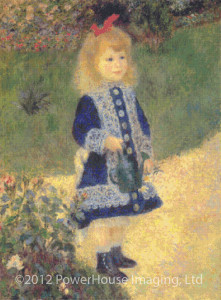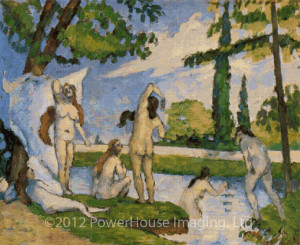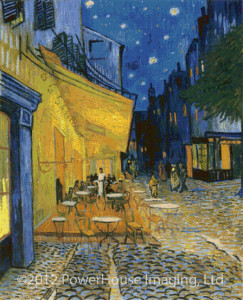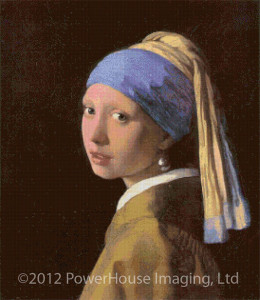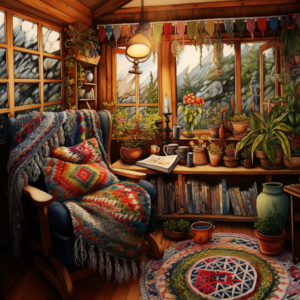 Having a good place to work on your needlework projects can be the difference between enjoying yourself and being totally frustrated. To get started, pick a spot for yourself where you can comfortably work on your projects without any frustrations. It should be a place where you can relax and enjoy rather than being frustrated because you don’t have access to everything you need, it’s messy, or your supplies are not handy. It doesn’t have to be a large space – just someplace where you feel relaxed and comfortable. Perhaps you have a special chair you love to sit in.
Having a good place to work on your needlework projects can be the difference between enjoying yourself and being totally frustrated. To get started, pick a spot for yourself where you can comfortably work on your projects without any frustrations. It should be a place where you can relax and enjoy rather than being frustrated because you don’t have access to everything you need, it’s messy, or your supplies are not handy. It doesn’t have to be a large space – just someplace where you feel relaxed and comfortable. Perhaps you have a special chair you love to sit in.
Here is a list of things that make your time doing needlework more fun and relaxing.
- Magnifying glass
There are many magnifiers on the market made especially for needleworkers. There are floor models (some with built-in lighting), some that clip onto your hoop or frame (such as the Daylight Flexi-Lens), table models, head-band style (Mag-Eyes Magnifier), various styles that clip onto your glasses . . . and my all-time favorite, the Visual Mate II which is lighted, has an adjustable and comfortable neck strap and a 10-foot cord. You can also purchase a converter for the Visual Mate II for use in your car’s lighter if you enjoy stitching when you’re traveling. - Good lighting
This sometimes can be a problem if there is not enough light where your favorite spot is. It can usually be solved by using a lighted magnifier. Or maybe a floor lamp by your chair would solve the problem. If you enjoy working at a table, there are many types of task lighting available that would give you the light you need. A couple things to keep in mind: first, lamps give off heat so find a lamp with low temperature bulbs or have the lamp far enough away to it doesn’t bother you. Second, the light from different types of bulbs can make colors look different. Sunlight is the best light source to see the true color of anything. - Fabric for your project
This, of course, depends on the specifications of your design. Get a large enough piece of fabric so you will have enough area around the finished design for finishing – an extra three inches on all sides is the standard recommendation. - Thread supplies
This will depend on what your particular pattern calls for. If you are doing a cross-stitch design you will need floss – DMC and Anchor are the major brands in the United States. If this is your first project, make note of the needed colors and purchase all of them at the same time from your needlework shop, Michael’s, Joann’s or anywhere floss is sold. Watch the sales flyers and online coupons and you are bound to find discounts and sales on floss, fabric and tools.
Also purchase a floss organizer box and floss bobbins to wind your floss on. If this is not your first project, you probably have quite a supply of floss already in your floss box. Check to see what additional colors you will need, purchase all of them, wind them on bobbins and put them in your floss box. - Grid-marking system
You will find marking grid lines not only speeds up your stitching time it also makes it much easier to “navigate” your design, especially if it is large. The grid lines will correspond to the grid lines in your pattern. You will find this invaluable as you work on your design, especially if it is a large design. There are several recommended methods such as using floss, marking pens with ink that disappears with water, etc. However, floss lines and ink will disappear as you stitch, and the ink could leave some unwanted residue. What we recommend is a product called Easy-Count Guideline. It is a nylon thread that does not get caught up in your stitching and is easy to remove. It speeds up your stitching time by up to a third. Not all needlework departments carry it, so if you can’t find it, you can order it through NordicNeedle.com. There are 100 yards on a spool, and it costs about $9 – well worth the price.
- Needles
You will need a “tapestry” needle when you work with even-weave fabrics. These needles have a blunt point which goes through the holes on your cloth more easily and won’t split threads. Tapestry needles come in sizes 22 to 28, and the size to choose depends on the thread count of your fabric. A size 24 needle is a good size if you are working on 14 or 18 count fabric. - Hoop or frame
You will need to have some method to keep your fabric taut as you stitch. You can use either a hoop or frame for this – it’s your choice. Hoops are more accommodating than frames because you can take them wherever you want, but if you prefer working on a frame, that works as well. If you work with a hoop, be sure the one you use expands enough to accommodate the thickness of the stitches you have completed without distorting or “squishing” them. The best one I have found is the No-Slip Hoop. It has a patented tongue-in-groove design that holds the fabric firmly in place with a long enough screw to allow the needed expansion. - Magnetic board and stand
You will need a magnetic board with magnetic strips to use as line minders to keep track of where you are stitching. If you are stitching by a table, you may also want a stand to set your pattern on for easy, upright viewing. These are available in needlework departments. Some of these stands have a magnetic board so you won’t have to purchase that separately. Make sure they have the magnetic strips as well, if they don’t you will have to purchase them separately. A stitching friend of mine uses a collapsible music stand by her chair, and uses that for her stand. I thought that was a great idea. - Scissors
A small needlework scissor is recommended. There are many to choose from. - Project Bag
You will want some type of bag to keep all of your supplies together and out of sight when you’re not stitching. There are many on the market to choose from or you may already have something you can use.
You will enjoy working on your project much more if you have the necessary tools. These are a one-time investment, except for your fabric, floss and needles. Cross stitch is an inexpensive hobby that produces valuable finished products.
Here’s to many happy and relaxing stitching hours!


